South African democracy has not, on the whole, been kind to the Afrikaner. During Nelson Mandela’s benign oversight of the Rainbow Nation, liberal Afrikaners persuaded themselves that all would turn out well in the end. But in their hearts, they sensed it would go wrong. And so it has. At the time of writing, President Zuma is aggressively defenestrating his finance minister, one of the few competent figures in his tawdry administration, and the rand is sinking so fast as to make post-Brexit sterling seem positively muscular.
Kajsa Norman notes that, since the first democratic election in 1994, at least 117,000 whites have been purged from the civil service, traditionally home to poorly educated Afrikaners. Thousands more have been driven off their farms due to ‘land redistribution’ measures, and hundreds of farmers and their families have been murdered. Things are so bad for the rural Afrikaner that some of them are trekking off to central and west Africa, where their agricultural skills are actively sought.
Norman, a London-based Swedish writer with a taste for exploring hell-holes, takes on the future of the embattled Afrikaner with remarkable tenacity and intelligence. Her fellow Swede, the late Henning Mankell — who would spend half his year in Mozambique, escaping the tedium of Scandinavia and the unwanted celebrity of his Wallander novels — acts as her muse and editor, and also provides an idiosyncratic foreword from the grave.
I was based as a foreign correspondent in South Africa in the 1980s, so I know how easy it is to patronise and ridicule Afrikaners. I began with low expectations for this book, especially when Norman sets up her story with a distillation of the most obvious secondary historical sources. But when she travels to the interior and gets dust on her boots, the book suddenly takes off, because she is an original and daring reporter.
She visits Orania, a racially exclusive settlement in the depopulated fringes of the Karoo desert, set up in the 1990s by Afrikaners who wanted no part of the new South Africa. The really radical thing is that it does not allow even black servants; so whites do all the menial work there, which must be the only place on the entire continent where this happens.
Every foreign correspondent still based in South Africa goes to Orania to poke fun at Afrikaner obduracy. But Norman travels there and hangs around, forming bonds not with the dreary civic leaders but with the low-life characters living in the single men’s block. There she befriends a range of scary yet strangely endearing characters, damaged, toothless veterans of past wars ‘on the border’, and other drink-and-drug-addled Afrikaners who have been unable to cope since life for the white man suddenly became much more difficult.
This is by no means an easy journalistic endeavour, least of all for a blonde Scandinavian woman. But she presses on relentlessly into the country’s interior, pitching her tent by the site of the Battle of Blood River to observe Afrikaner celebrations of the day in 1838 when the Voortrekkers slaughtered thousands of Zulus to avenge Piet Retief’s murder by the perfidious King Dingane.
Her book takes its title from a failed effort to reconcile the Afrikaner and the Zulu by building a bridge over Blood River to connect the Boers’ hallowed land with the black settlement on the other side. Despite the lavishing of millions of rands in this gesture of reconciliation, the two parties cannot agree on management of the bridge, so it remains closed.
Norman heads off to Mozambique and meets a genial young Afrikaner, Willem, who has moved to Maputo to experience the ‘real’ Africa. But as she soon discovers, the city has become just another place where ‘the internationals advocating for the rights of the disadvantaged often live as segregated from them as possible’. In other words, Willem and the idealistic young European, Canadian and Australian aid workers are as impeccably racially exclusive as the Afrikaners of Orania.
Norman finally turns her thesis on its head. She recounts a discussion with Hermann Giliomee, a liberal Afrikaner academic, in which she asks him how long his people will survive. He responds by asking her whether the Swedes will survive in the long run, and she admits she is thrown by his question, but takes his point.
So by the end of this surprising book, Norman has set up the precariousness of the Afrikaner as a model for all the nations in the world which counter their low birth rates and ageing populations with mass immigration. The question is no longer can the Afrikaner survive, but can we?
Assured and scrupulously reported, this is perhaps the most interesting
book about South Africa to have appeared since Rian Malan’s My Traitor’s Heart 26 years ago.
The post A race apart appeared first on The Spectator.
Got something to add? Join the discussion and comment below.
Get 10 issues for just $10
Subscribe to The Spectator Australia today for the next 10 magazine issues, plus full online access, for just $10.
You might disagree with half of it, but you’ll enjoy reading all of it. Try your first month for free, then just $2 a week for the remainder of your first year.

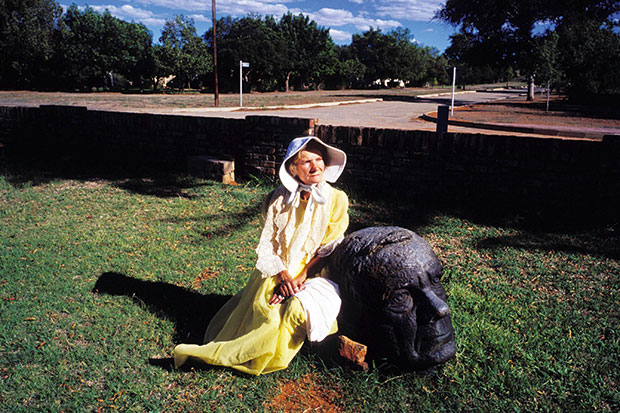
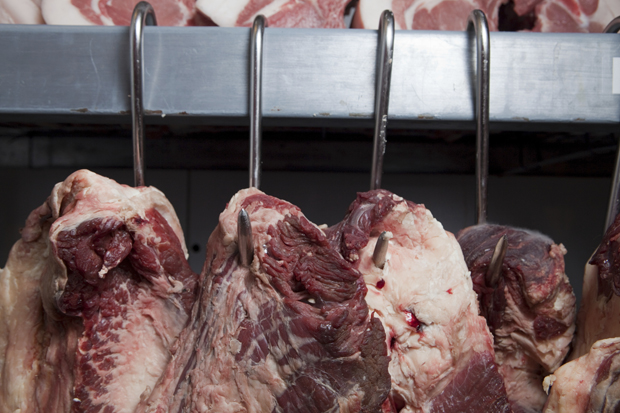

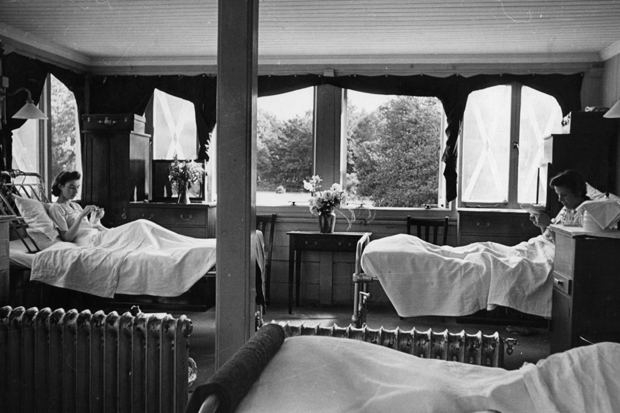
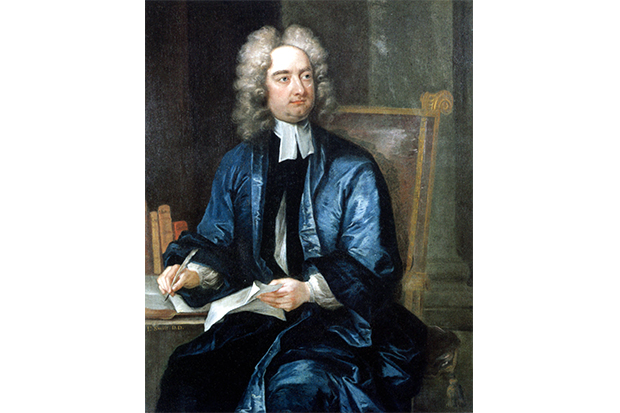
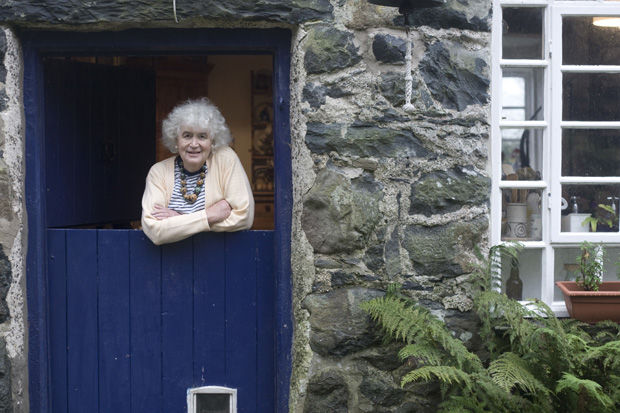







Comments
Don't miss out
Join the conversation with other Spectator Australia readers. Subscribe to leave a comment.
SUBSCRIBEAlready a subscriber? Log in